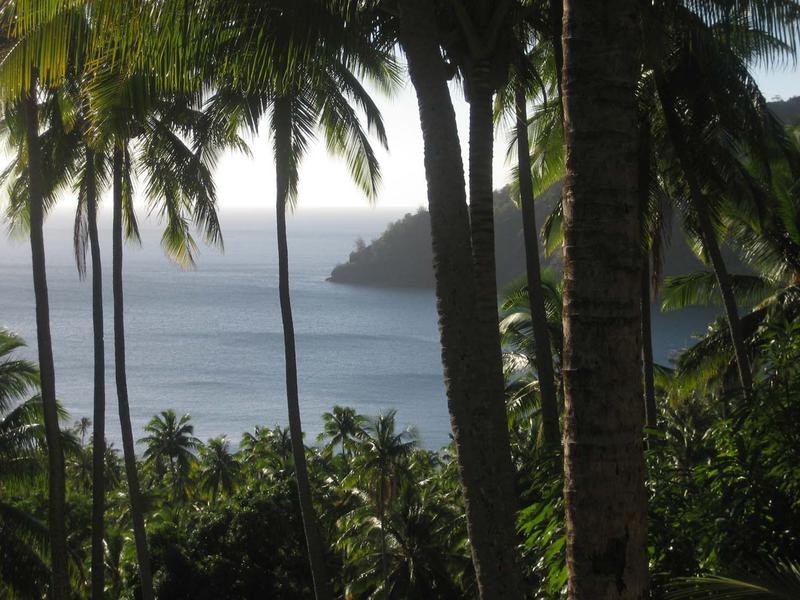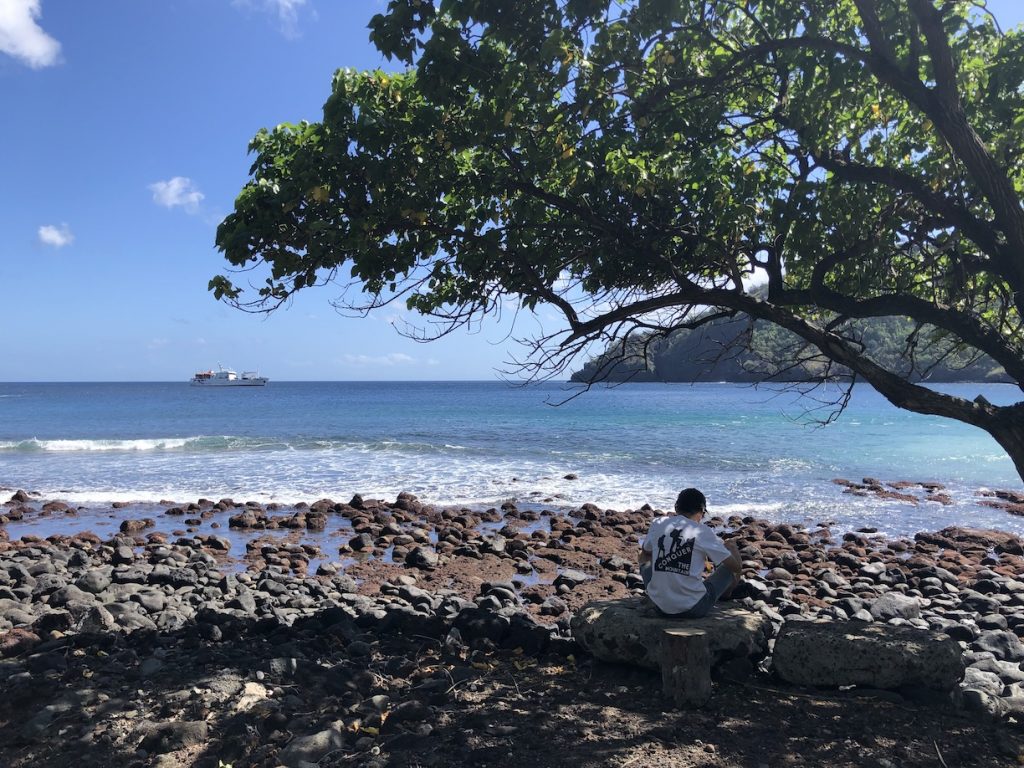Fieldwork


Location: Marquesas Islands, PF
Season: June 21, 2025 to July 27, 2025
Session Dates: June 21 - July 27, 2025.
Application Deadline: May 1, 2025
Deadline Type: Rolling
Website: http://www.afargo.org
Program Type:
Field School, Volunteer
RPA Certified:
No
Affiliation:
Andover Foundation for Archaeological Research
Project Director:
Barry Rolett, University of Hawai‘i and Andover Foundation for Archaeological Research
Project Description:
Verdant forests, rugged peaks, and turquoise seas. The Marquesas are one of the best known yet least visited archipelagoes in the South Pacific. The Polynesian discovery of these stunningly beautiful islands around 800 years ago represents one of humanity’s momentous achievements; and that was only the beginning. By the time Captain Cook reached these shores in 1774, Marquesan chiefdoms were distinguished by their monumental architecture and a religious system in which important ceremonies demanded human sacrifices. Marquesan art is world-renowned and it has inspired generations of Western artists, including Paul Gauguin.
Beginning with Cook’s expedition, museums throughout Europe and America have sought out Marquesan art and artifacts. Yet while Western museums hold great numbers of these treasures, until recently there was no museum for the Marquesan people themselves. That is what inspired our 2025 Marquesas project and the Te Ana Peua Museum.
Te Ana Peua, the first community-based archaeology museum in French Polynesia, is in the heart of Vaitahu, the main village on Tahuata, one of the most remote and traditional islands in the Marquesas. On the coast of nearby Hanamiai Valley lies one of the richest and most extensively studied archaeological sites in Polynesia. Here, hidden beneath the roots of coconut palms, is a captivating record of daily life in the Marquesas dating back to initial Polynesian discovery around 1200-1300 AD.
AFAR’s long-running project Marquesas is a collaborative effort in which an international team of students works closely with members of the local community, under the direction of University of Hawai‘i archaeologist Prof. Barry Rolett. Through our excavations at Hanamiai, Te Ana Peua now has one of the best collections of Marquesan artifacts in the world. During this year’s project, we will collaborate with our local team (the same team engaged in the excavations) to design and mount new exhibits for the museum. We will also take on some outdoors projects (e.g. site survey) to vary our schedule and to give students a chance to work on some of the well-preserved monumental architecture for which the Marquesas is famous.
Period(s) of Occupation: East Polynesian Archaic to European contact period (ca. AD 1250–1880).
Notes:
Discover an ancient South Pacific culture. The Marquesas project is a five week archaeological field school experience on Tahuata, a remote Polynesian island with a rich history. Participants are fully immersed in a small community while working with Marquesans and living as the only foreigners on an island with no airport or hotels.
Project Size: 1-24 participants
Minimum Length of Stay for Volunteers: 5 weeks
Minimum Age: 18
Experience Required: None, but French language ability is helpful.
Room and Board Arrangements:
Our headquarters are in the picturesque village of Vaitahu, on Tahuata (Gauguin lived and painted nearby on Hiva Oa). There are no hotels (just a grass-shack style restaurant for yachties and a local store stocked with cold drinks, etc.). There is also essentially no service economy. Our hosts are the 400 wonderful inhabitants of this unforgettable world. We'll live just a short walk to the beach, in a rented house with modern kitchen and toilet facilities (albeit cold water showers scarcely a problem in this tropical climate). As the only outsiders in the village, participants are immersed in the local lifestyle. Cost: $6250 project fee plus airfare to Marquesas.
Barry Rolett
Dept. of Anthropology, Univ. of Hawai‘i
Honolulu
Hawai‘i
96822
The AIA is North America's largest and oldest nonprofit organization dedicated to archaeology. The Institute advances awareness, education, fieldwork, preservation, publication, and research of archaeological sites and cultural heritage throughout the world. Your contribution makes a difference.
Notifications